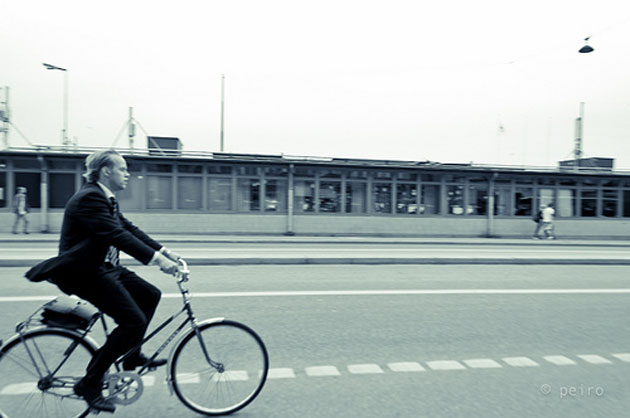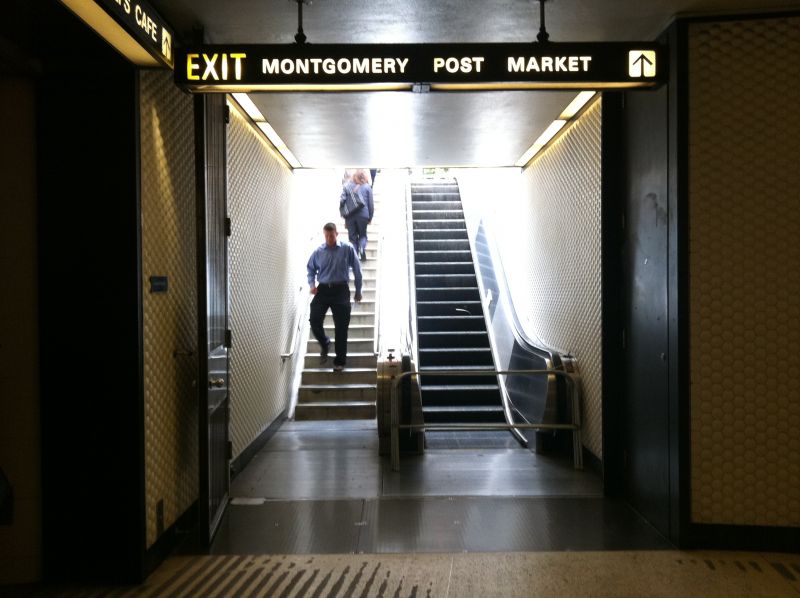
<a href="http://www.flickr.com/photos/28914776@N05/9342971013/in/photolist-feBaM8-ej27L9-9P4v7Q-7W1EoQ-8ifHJG-83WYxd-53f5o-7WcN1d-7TSWwS-5D3e4e-7ao5LC-8xa6cs-4qSSmf-5B2bot-4bYd3-7K2fi5-6T3adK-bmk7tQ-egqaeL-e7urZ8-71iCNi-6R8cF7-4zRcGZ-dhoA6B-aQe7bF-9c12GN-bMrXyg-euaVEC-5sdk6M-2q1AQ-aquRDi-aqxkzU-aquURK-aquURt-aquRDg-aquKrp-aquKrt-aquKrn-aquRD4-aqxtMA-aquKri-aqxEeo-aqxtME-aqxtML-aquURD-aquRD8-aqxtMU-aquURx-aqxBXj-aqxkA7-aquKrk">Patricio Arrambide</a>/Flickr
This story first appeared on the Atlantic Cities website and is reproduced here as part of the Climate Desk collaboration.
The Institute for Quality Communities at the University of Oklahoma recently dug through the latest Census metrics on how Americans commute to work, a dataset locally notable for the fact that Tulsa and Oklahoma City don’t compare all that well. Relative to the 60 largest cities in America, Oklahoma City ranks last in the share of commuters – 2.2 percent of them – who get to work by biking, walking or transit. That’s as much a reflection of the design of the city as the preferences of its commuters: Simply put, Oklahoma City was built for cars.
In the process of unearthing this ignoble distinction, IQC fellow Shane Hampton also posted some nice visualizations of how major cities stack up against each other by commuter mode share. The data comes from the 2012 American Community Survey, which records how people primarily get to and from their jobs (not necessarily how they make all of their daily trips, to destinations like the grocery store or church). The original charts are interactive, with individual data points. But we’ve pulled out a few here as well.
New York, not surprisingly, has the highest share of non-car commuters (67 percent):

Cities listed in order from largest to smallest percentage of commutes by biking, walking or transit.
Breaking that down by region and individual mode share, here is the Northwest, the Midwest, and the Southeast. Beware, each scale is different:
Northeast
Midwest
Southeast
And here is a range of cities – from notably different climates, Hampton points out – where biking mode share has significantly increased in the last decade:

All charts courtesy of the University of Oklahoma Institute for Quality Communities.










